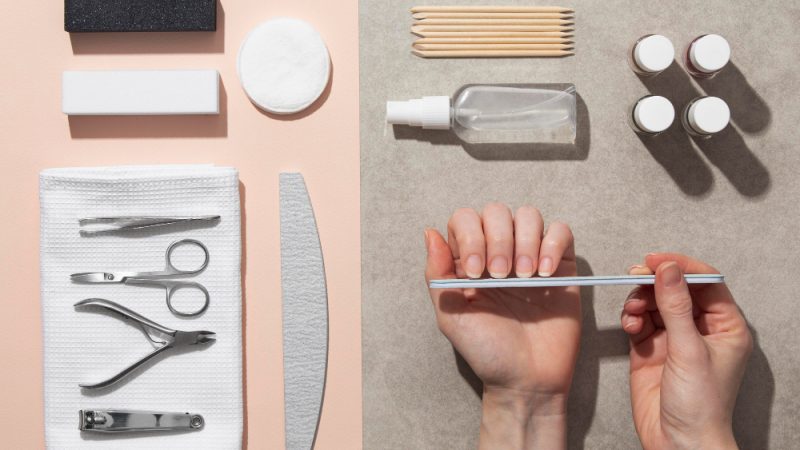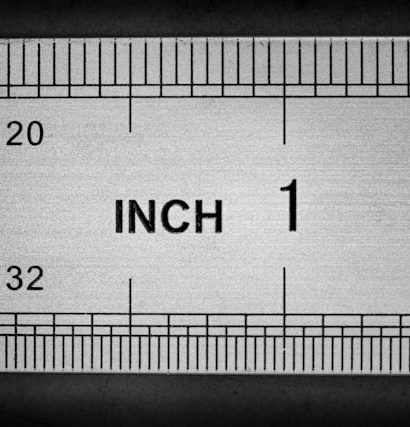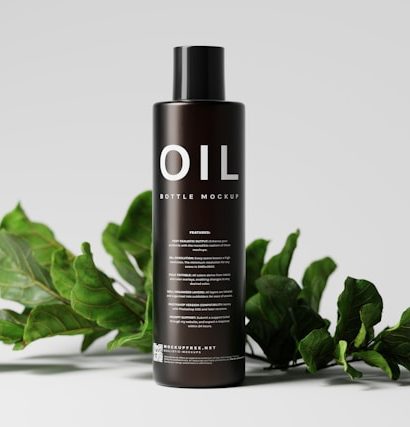When it comes to nail care, having the right tools is essential. Among these tools, the nail file stands out as a fundamental item in every manicure and pedicure kit. With various types of nail-files available on the market, choosing the right one can be overwhelming. This article will guide you through the different types of nail files, their uses, and how to select the best one for your needs.
1. Introduction to Nail Files
A nail-file is a tool used to shape and smooth the edges of nails. Whether you prefer a natural look or elaborate nail art, a nail-file is an indispensable tool. The right nail-file can help prevent splitting and breakage, ensuring your nails look their best. Nail-files come in various materials and grits, each serving different purposes.
2. Emery Boards
Emery boards are the most common type of nail file. They are made of cardboard or plastic with an emery or sandpaper-like coating. Emery boards are inexpensive and disposable, making them a popular choice for both home and professional use. They come in different grits, with lower numbers indicating coarser files and higher numbers indicating finer files.
Pros: Affordable, readily available, and disposable.Cons: Can wear out quickly and may not be suitable for natural nails if too coarse.
3. Glass Nail-Files
Glass nail files, also known as crystal nail-files, are made from tempered glass. They have a smooth surface that is gentle on the nails, making them suitable for natural nails. Glass nail-files are durable and can be cleaned and reused multiple times.
Pros: Gentle on nails, durable, and easy to clean.Cons: Can be more expensive than other types and are breakable if dropped.
4. Crystal Nail-Files
Crystal nail-files are similar to glass nail files but are often made from a higher quality of glass. They provide a finer finish and are exceptionally gentle on the nails. Crystal nail-files are also very durable and can last for years with proper care.
Pros: Very gentle, long-lasting, and provide a smooth finish.
Cons: More expensive and can break if not handled carefully.
5. Metal Nail-Files
Metal nail files are made from stainless steel and are very durable. They are often double-sided, with one side coarser than the other. Metal files are best suited for artificial nails, as they can be too harsh for natural nails.
Pros: Extremely durable and effective for artificial nails.
Cons: Can be too harsh for natural nails and may cause splitting.
6. Ceramic Nail-Files
Ceramic nail files are made from a ceramic material and are designed to be gentle on natural nails. They often come with a very fine grit, making them suitable for shaping and smoothing natural nails without causing damage.
Pros: Gentle on natural nails, long-lasting, and easy to clean.
Cons: Can be more expensive and may not be as readily available as other types.
7. Electric Nail-Files
Electric nail files are powered tools that come with various attachments for different functions. They are commonly used in professional salons but can also be used at home. Electric nail files are versatile and can be used for shaping, buffing, and removing gel or acrylic nails.
Pros: Versatile, efficient, and time-saving.
Cons: Expensive and may require practice to use correctly.
8. Nail File Grits Explained
The grit of a nail-file refers to the coarseness of its surface. Understanding nail file grits is crucial for selecting the right file for your needs:
80-100 grit: Very coarse, suitable for artificial nails.
180 grit: Medium grit, good for shaping artificial nails.
240 grit: Fine grit, ideal for shaping natural nails.
400+ grit: Very fine, used for smoothing and finishing.
Choosing the right grit ensures you achieve the desired results without damaging your nails.
9. Choosing the Right Nail-File for Your Nails
Selecting the right nail-file depends on your nail type and the results you want to achieve. For natural nails, opt for a gentle file like a glass or ceramic nail file. If you have artificial nails, a metal or electric nail-file might be more suitable. Consider the grit of the file as well; a finer grit is better for natural nails, while a coarser grit is ideal for artificial nails.
10. Nail-File Maintenance and Care
Proper maintenance of your nail-files is essential to ensure their longevity and effectiveness. Here are some tips:
Clean regularly: Wash glass and ceramic files with soap and water. Use a brush to remove debris from emery boards and metal files.
Avoid sharing: Sharing nail-files can spread infections. Keep your files personal.
Store properly: Keep your nail-files in a protective case or pouch to prevent damage.
11. Conclusion
Choosing the right nail file is crucial for maintaining healthy and beautiful nails. Whether you prefer a basic emery board or a high-end crystal nail-file, understanding the different types and their uses will help you make an informed decision. Remember to consider the grit and material of the file to ensure it meets your specific needs. With the right nail-file, you can achieve salon-quality results at home.
12. FAQs
1. What is the best nail file for natural nails?
The best nail-file for natural nails is typically a glass or ceramic nail-file. These types are gentle and help prevent splitting and damage.
2. Can I use a metal nail file on natural nails?
It’s not recommended to use a metal nail-file on natural nails, as they can be too harsh and may cause damage. Opt for a gentler option like a glass or ceramic file.
3. How often should I replace my nail file?
The frequency of replacing your nail-file depends on its type and usage. Emery boards should be replaced regularly, while glass and ceramic files can last for years with proper care.
4. What grit should I use for shaping natural nails?
For shaping natural nails, a 240 grit nail file is ideal. It is fine enough to be gentle on natural nails while effectively shaping them.
5. Can electric nail files be used at home?
Yes, electric nail-files can be used at home. However, they require practice and caution to avoid damaging the nails. It’s essential to follow the manufacturer’s instructions and start with the lowest setting.
Also read : EYE CREAM FOR SENSITIVE SKIN: 10 LIFE-CHANGING OPTIONS YOU NEED NOW




